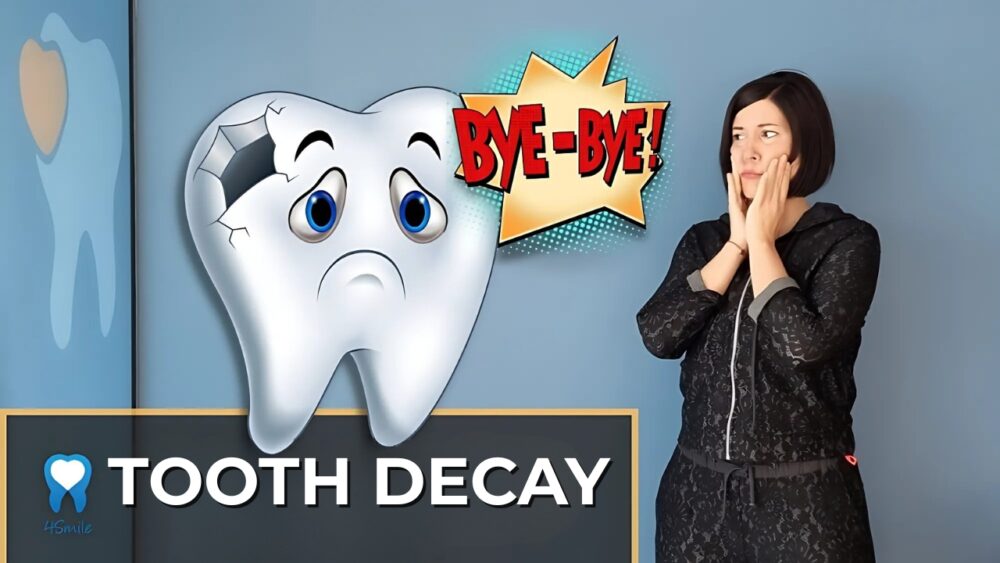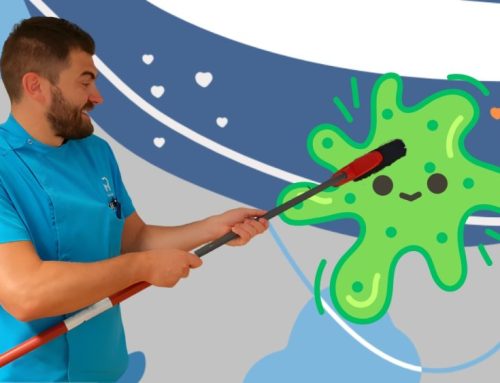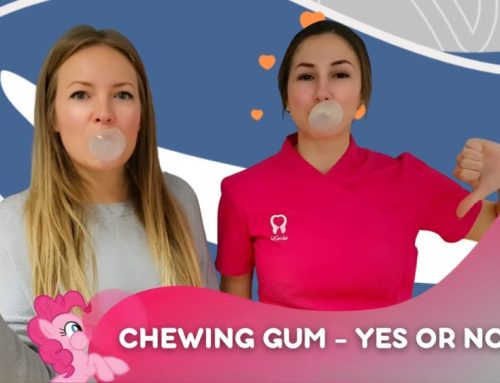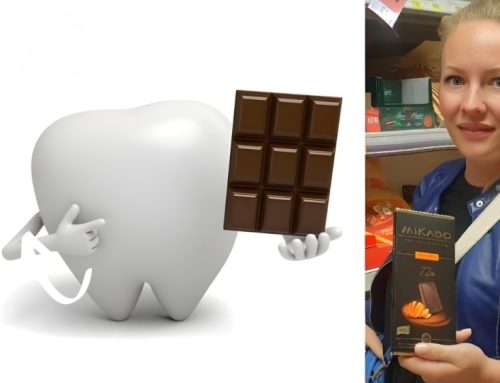Tooth decay and how to prevent it
Tooth decay is caused by cavities (caries), and a lack of timely treatment can lead to gum disease and, ultimately, tooth loss. In this week’s blog from Dental Center 4Smile, we guide you through the causes, consequences, and prevention methods for tooth decay.
Cavities are one of the most common health problems affecting children and adults worldwide.
Damage occurs on the surface of the tooth or enamel when bacteria in the mouth produce acids that attack the protective layer of the teeth.
The good news is that cavities can be prevented, and tooth decay due to cavities happens gradually in several stages as a result of poor oral hygiene.
STAGES OF TOOTH DECAY
Stage 1: Enamel demineralization
This stage can be recognized by characteristic white spots on the enamel.
As acids break down the tooth enamel, white spots may begin to appear due to mineral loss.
If the enamel is repaired at this point, it indicates the tooth is regaining lost minerals, and the white spots may disappear.
Stage 2: Cavity formation and enamel decay
If the enamel is not repaired when white spots begin to appear, mineral loss continues and the enamel weakens.
This period is usually considered the start of cavity formation.
A visible sign is the appearance of a light brown spot on the tooth.
If left untreated, the cavity spreads further into the tooth and can only be repaired with dental fillings.
Stage 3: Dentin decay
Beneath the enamel lies dentin, which covers the pulp (tooth nerve).
Dentin is softer than enamel and thus decays faster.
When decay reaches the dentin, it is essential to start treatment immediately to prevent further spread to the center of the tooth.
Stage 4: Pulp damage
The pulp is soft tissue inside the tooth containing nerves and blood vessels.
If decay spreads to the pulp, root canal treatment (endodontics) is necessary.
Stage 5: Infection, abscess, and gum disease
Once decay reaches the pulp, a full-blown infection can occur, affecting the tooth’s nerves and blood vessels.
This infection is serious because it can spread to the jawbone and nearby teeth, potentially forming an abscess (pus pocket) and eventually leading to tooth death.
SYMPTOMS OF TOOTH DECAY
Cavity symptoms can vary and may surprise you, especially if you believe you practice good oral hygiene.
Common symptoms of tooth decay include:
- Toothache
Pain or pressure when biting, or a general toothache ranging from mild to severe. If it persists, visit your dentist. - Sensitivity to hot or cold food/drinks
Often a sign of enamel erosion or cavities. - Sensitivity to sweets
- White or brown spots on the tooth (visible decay)
Accompanied by discoloration, often caused by tobacco use, gum disease, food/drinks, or poor hygiene. - Bad breath
Caused by poor oral hygiene and is often a sign of cavities. - Bad taste in the mouth from infections or abscesses
- Swollen or bleeding gums
May indicate undiagnosed gingivitis, a gum infection that can lead to decay by producing acids that attack enamel.
DIAGNOSIS
If you notice signs or symptoms of cavities, schedule an appointment with your dentist in Zagreb, Europe, Dr. Ivan Antolković.
Early action prevents more serious tooth damage later.
The sooner Dr. Antolković identifies the problem, the sooner treatment can begin.
During a dental exam, Dr. Antolković will check for white or brown spots and inspect for soft or sticky areas indicating weakened enamel.
If necessary, he may take an X-ray to look for hidden decay.
TREATMENT
The duration and method of treatment depend on how advanced the decay is. Treatment options include:
- Fluoride treatments
For early-stage cavities, fluoride helps fight acid and rebuild enamel. - Dental fillings
For cavities that have formed a hole, the decayed area is removed and replaced with a dental filling. - Dental crowns
For advanced decay affecting the dentin or pulp, the affected tissue is removed, and the tooth is covered with a dental crown. - Root canal treatment
If decay reaches the pulp, Dr. Antolković will remove the infection from nerves and blood vessels. After healing, the tooth may be crowned. - Tooth extraction
If the tooth is beyond repair due to infection, it must be removed and replaced with a dental implant.
CAUSES OF TOOTH DECAY
The most common causes of cavities and tooth decay are:
- Tooth position
Back teeth are harder to clean and more prone to decay. - Dry mouth
Saliva helps remove bacteria. A lack of saliva increases the risk of decay. - Diet
High sugar and starch intake feeds bacteria that produce acids, eroding enamel. - Frequent snacking and drinking
Constant eating/drinking prevents enamel from recovering from acid attacks. - Eating disorders
Nutrient deficiency and frequent vomiting (which exposes teeth to stomach acid) can cause decay. - Nighttime infant feeding
Milk residue on teeth increases acid production during sleep. - Heartburn and GERD
Acid reflux can bring stomach acids into the mouth, damaging enamel. - Aging
Natural wear and gum recession expose teeth to bacteria and acid. - Worn or broken dental work
Dental fillings can deteriorate over time, letting in bacteria that cause decay. - Poor oral hygiene
Not brushing and flossing properly allows plaque and acid buildup. - Insufficient fluoride
Fluoride protects enamel. Lack of it makes teeth more vulnerable.
PREVENTION
Most cavities are easily preventable.
Early diagnosis and treatment stop serious complications.
Here’s how to prevent cavities:
- Brush teeth twice daily with fluoride toothpaste.
- Use fluoride mouthwash.
Despite some myths, fluoride is vital for enamel protection. - Drink fluoridated water.
It keeps the mouth hydrated and strengthens teeth. - Floss at least twice a day.
Flossing removes food between teeth and at the gumline. Oral irrigators (Waterpik) are also effective. - Eat healthy foods and drink healthy beverages.
Choose whole grains, low-sugar bread, fruits, and leafy greens like spinach, lettuce, and kale. Water is the best beverage for oral health. - Limit sugary and starchy foods.
Sugars combine with bacteria and saliva to form plaque that produces acids. - Avoid constant snacking.
Frequent snacking exposes teeth to more sugar and acid. - Avoid tobacco products.
Smokers are more prone to cavities – over 40% of adults aged 20–64 who smoke have untreated cavities. - Visit your dentist regularly!
You should see Dr. Ivan Antolković every 6 months or at least once a year.
Regular check-ups prevent complex problems that are more costly and time-consuming.
If you suspect cavities, schedule your appointment with Dr. Ivan Antolković as soon as possible. Early diagnosis makes treatment easier – and every first visit to Dental Center 4Smile is free!















